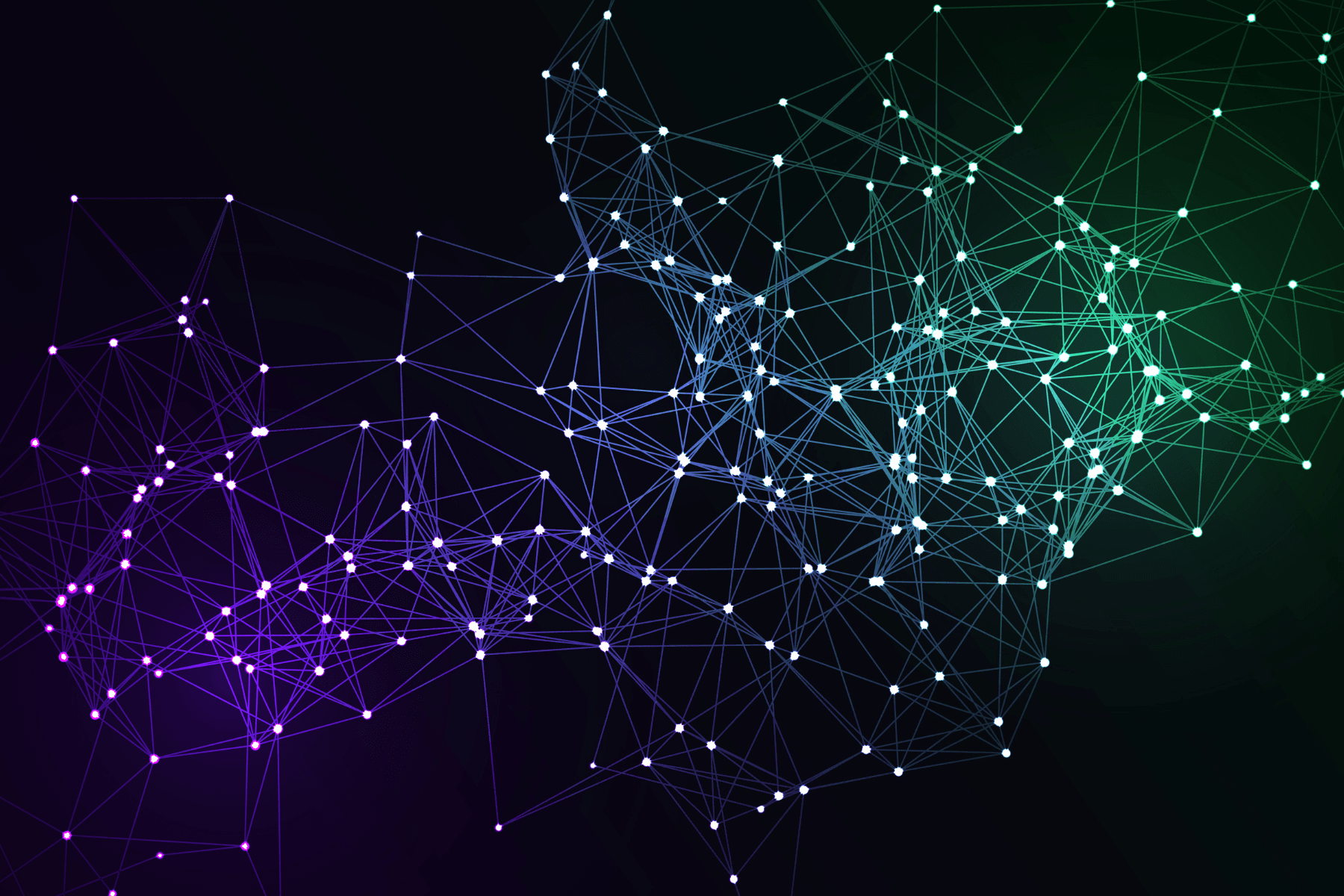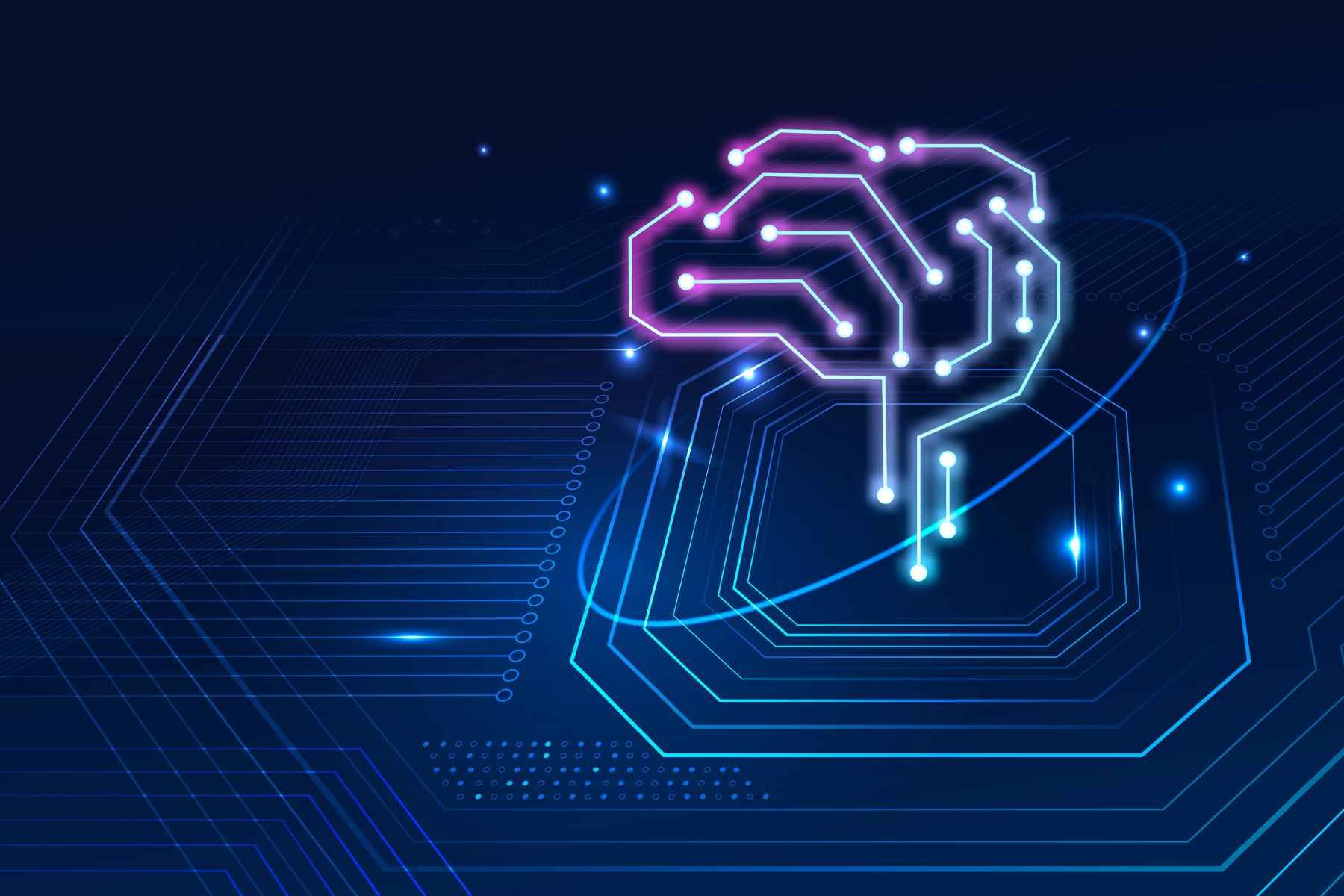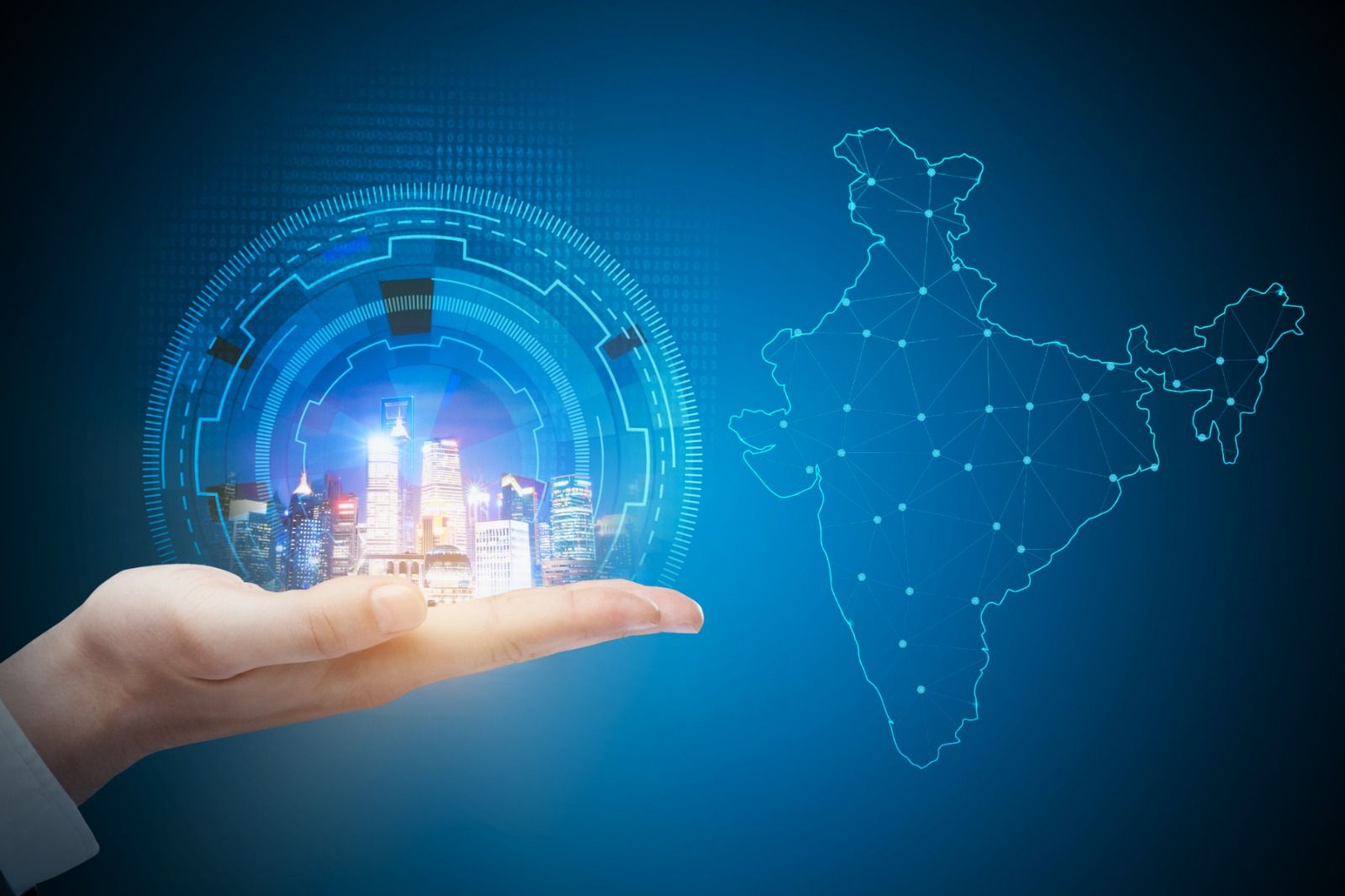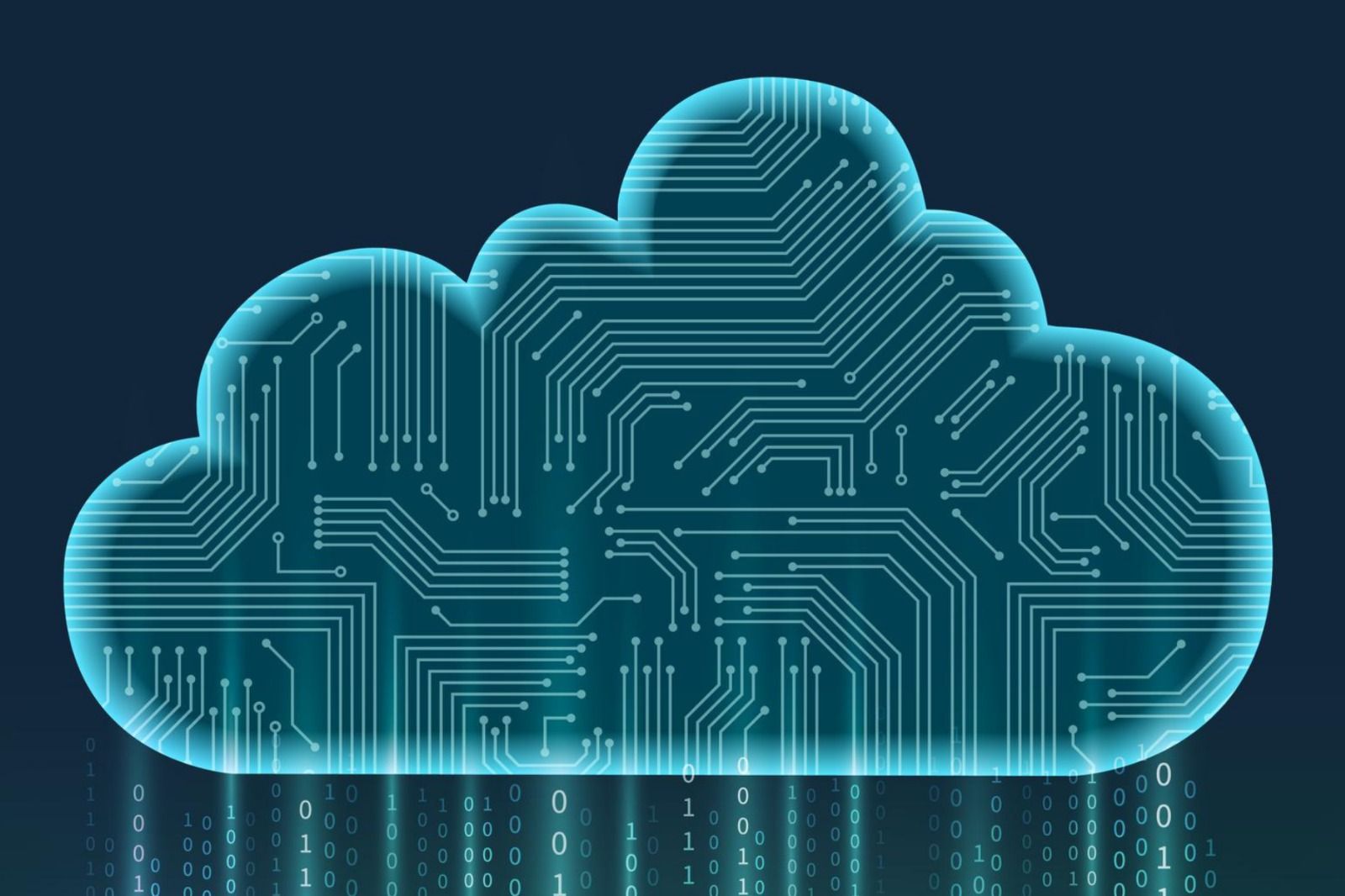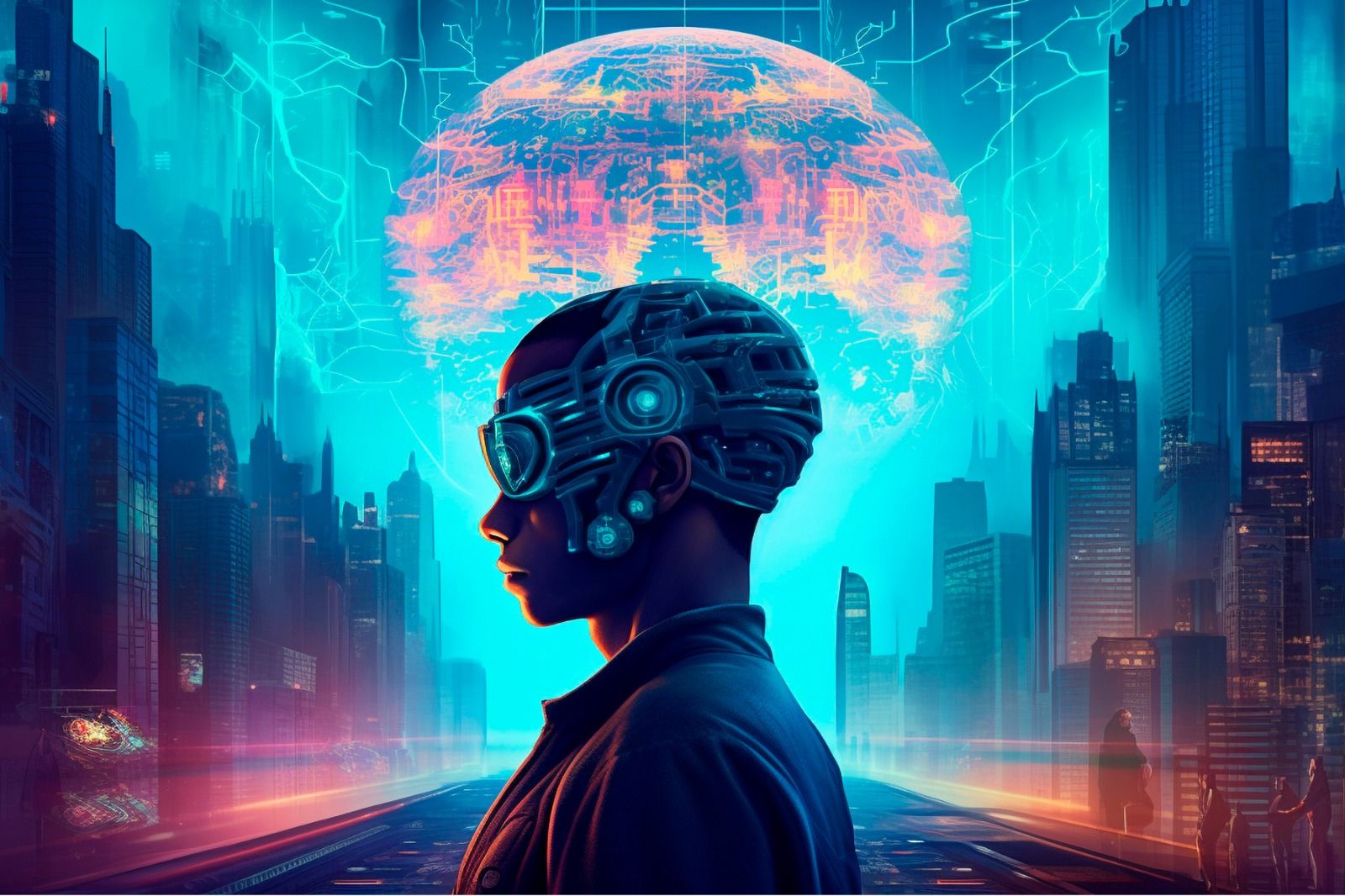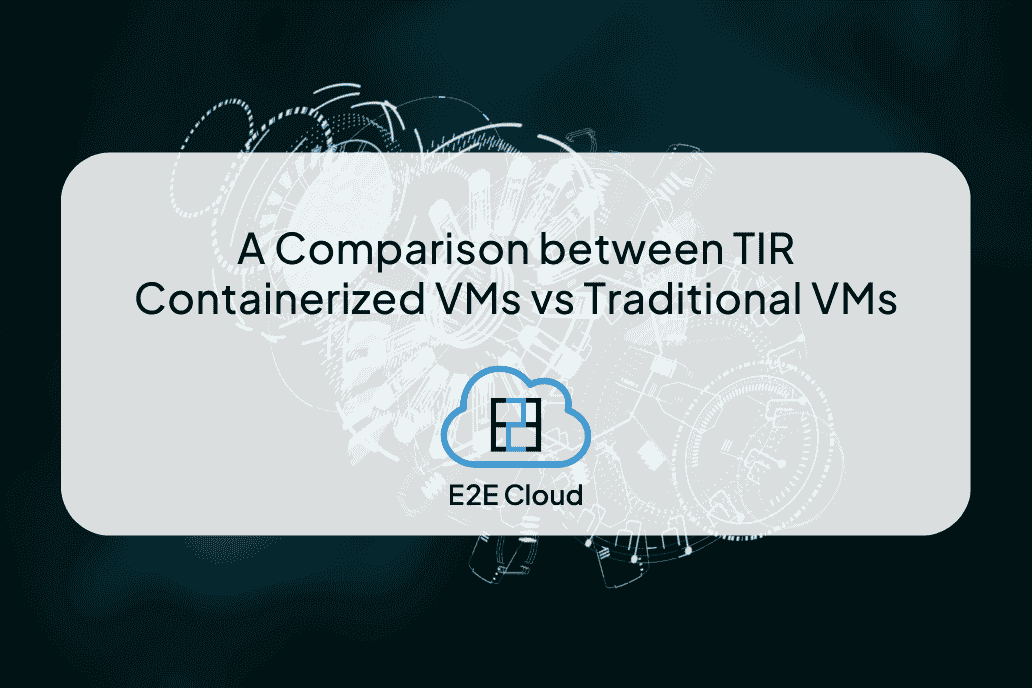The field of computer vision focuses on developing machines with human vision system capabilities. Deep learning techniques based on convolutional neural networks are common in developing and training computer vision systems.
The ability of deep learning to provide better results and delivering on its promise has become lucrative to implement computer vision systems using deep learning. Recent breakthroughs in computer vision such as self-driving vehicles are powered by deep learning.
E2E GPU Cloud is created for computer vision workloads focusing on digital image processing, histogram equalization, image transformation, video analytics, among others. E2E GPU Cloud provides simple, affordable GPU Instances based on NVIDIA T4 and NVIDIA V100 GPUs. The GPUs are directly attached to the virtual machines via passthrough mode. So, you can tap into 100% performance of the GPUs — helping you deliver your next AI breakthroughs faster.
Below are some of the computer vision use cases you can deploy on E2E GPU Cloud.
Image Processing
Image processing involves various tasks such as denoising, increasing contrast, image classification, and image deblocking, among others. Innovative techniques in image processing using deep learning aid human experts with cancer cell detection — a vital aspect of preventing and curing cancer in the early stages. Some of the image processing applications are character recognition, space image processing, medical image processing, product inspection and sorting, and remote sensing, among others.
Image Segmentation
Image segmentation plays a key role in computer vision tasks that fall under image processing. Segmentation prepares the images for further analysis, either to identify objects or to detect patterns in the images. Image segmentation techniques include semantic segmentation and instance segmentation. Some of the image segmentation applications are face detection, medical imaging, retail image recognition, etc.
E2E GPU Cloud is designed to accelerate various image processing and segmentation techniques based on deep learning. NVIDIA T4 instances are recommended for deep learning inference in real-time, and NVIDIA V100 instances are recommended for model training.
CLICK HERE to learn more and deploy your computer vision workloads on E2E GPU Cloud.


